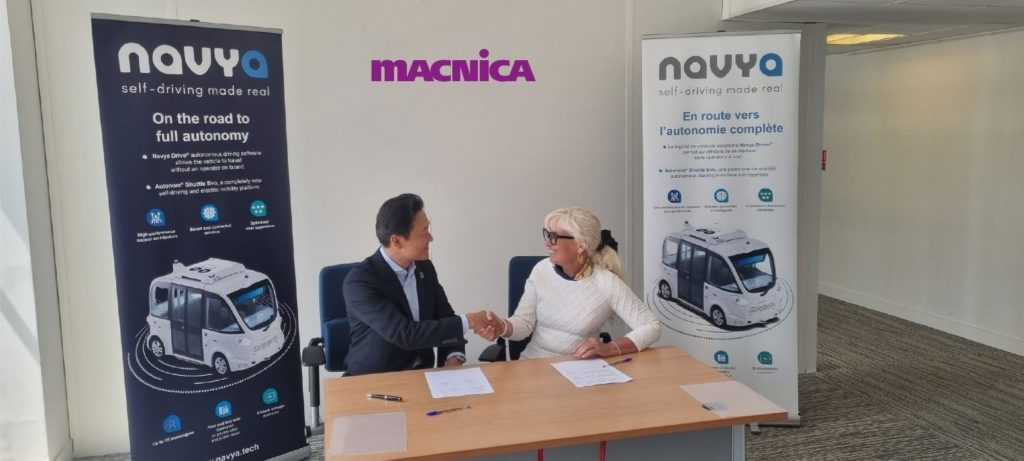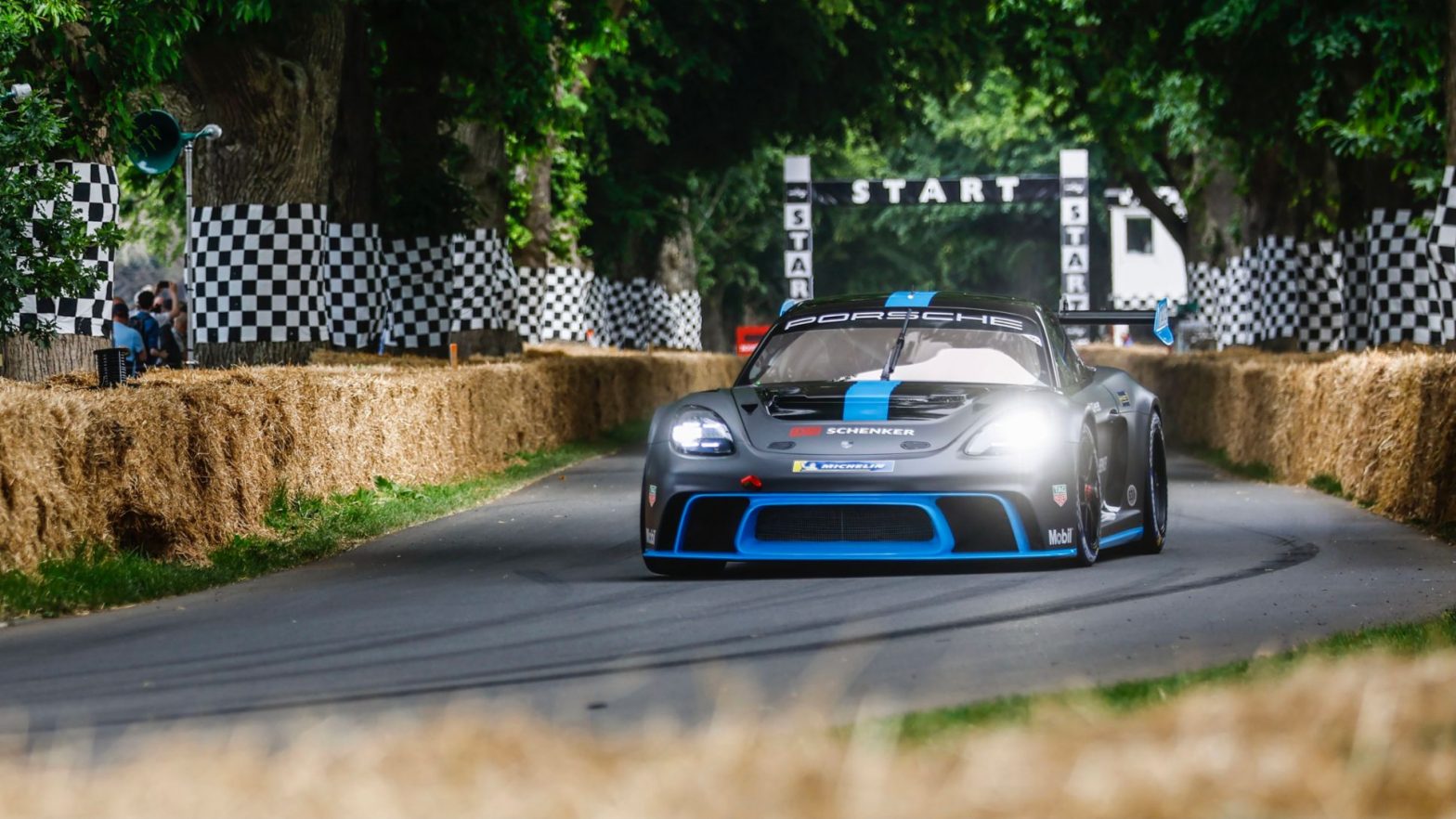Tesla has closed an office in which the data from the Full Self Driving system is processed. 200 people lose their jobs. (Tesla, technology) Go to Source
Tag: Mobility
Leading Electric Vehicle Market, GWM ORA Officially Unveiled at the EVS35 in Norway
To give consumers a better experience of the brand, the GWM ORA APP has invited local users to participate in the ORA Team Meeting. Users also shared their driving test experiences in ORA APP. Also, ORA FUNKY CAT, the star model of the ORA brand, has been shown at the exhibition to the audience. The… Continue reading Leading Electric Vehicle Market, GWM ORA Officially Unveiled at the EVS35 in Norway
Delhi government to induct 1,500 electric and 450 CNG buses by September 2023
By 2024, Delhi will have 11,910 modern buses plying on its road, two-thirds of them electric. In what can be viewed as a huge boost to the electric mobility movement in India and the capital city, the Delhi government has given a nod for the induction of 1,500 low-floor electric buses by the Delhi Transport Corporation.… Continue reading Delhi government to induct 1,500 electric and 450 CNG buses by September 2023
@niche: Macnica orders two new NAVYA autonomous shuttles and signs a MoU to buy NAVYA next generation platforms001984
Villeurbanne, France, June 30th 2022 – 7:30 CEST – NAVYA (FR0013018041- Navya), an autonomous mobility systems leader, has announced the […] Villeurbanne, France, June 30th 2022 – 7:30 CEST – NAVYA (FR0013018041- Navya), an autonomous mobility systems leader, has announced the sale of two new ARMA autonomous shuttles to its partner Macnica and the signing… Continue reading @niche: Macnica orders two new NAVYA autonomous shuttles and signs a MoU to buy NAVYA next generation platforms001984
UNSEEN Documentary Episode 1 – The Third Space: Bridging the Gap between Intelligence and Mobility to Define Future Smart Traveling for Everyone
The 45-minute-long documentary is the first of its kind in China to dive into the topic of Third Space, and will include the insights of university professors, students, automobile industry experts, and media veterans. The sharings are part of the Unseen program initiated by Wavemaker China and Tongji D&I FABO that looks into the value… Continue reading UNSEEN Documentary Episode 1 – The Third Space: Bridging the Gap between Intelligence and Mobility to Define Future Smart Traveling for Everyone
Electronic test instrumentation maker Chroma ATE invests in EV manufacturer Gaius Automotive
The tie-up helps move the world closer to a net-zero carbon future TAOYUAN, Taiwan, June 30, 2022 /PRNewswire/ — The board of directors of Chroma ATE Inc. has approved the investment in Taiwan-based start-up Gaius Automotive as the first step in establishing a long-term strategic partnership. Chroma will supply electric control units (ECUs) to Gaius… Continue reading Electronic test instrumentation maker Chroma ATE invests in EV manufacturer Gaius Automotive
@VW Group: Public World Premiere of the GT4 ePerformance at the Festival of Speed005325
26/06/2022 At the world-famous Goodwood Festival of Speed the all-electric Porsche GT4 ePerformance has kicked off its world tour, which aims to highlight the potential of the vehicle concept and the associated racing formats. The new Porsche GT4 ePerformance has demonstrated its power publicly for the first time at the Festival of Speed in the… Continue reading @VW Group: Public World Premiere of the GT4 ePerformance at the Festival of Speed005325
@Nissan: 2022/06/30 Nissan announces senior management changes Nissan Motor Co., Ltd. today …000787
2022/06/30 YOKOHAMA, Japan – Nissan Motor Co., Ltd. today announced senior management changes effective September 01, 2022. George Leondis, currently regional senior vice president, Administration and Finance, AMIEO* is appointed as corporate vice president (CVP), Product, Research & Development and Monozukuri Control taking over the responsibilities from Atul Pasricha, senior vice president (SVP). Leondis will… Continue reading @Nissan: 2022/06/30 Nissan announces senior management changes Nissan Motor Co., Ltd. today …000787
Bosch transforms Adugodi HQ into a “smart” workplace
Bosch is expanding its artificial intelligence of things or Alot activities in India by transforming its headquarters in Adugodi, on the outskirts of Bengaluru, into a technologically enabled office that has been christened Spark.NXT. The new facility was inaugurated yesterday by the prime minister who described Bosch as a company that is “as much Indian as German”. Karnataka state… Continue reading Bosch transforms Adugodi HQ into a “smart” workplace
Best Gaming Chairs Under $100
Gaming chairs under $100 are the overlooked cherry on top of a great gaming rig. After all, it’s a hobby that is usually enjoyed sitting down, whether you game on PC or consoles. Many “gaming chairs” run upwards of a couple thousand dollars, but there are a handful of inexpensive models well within any budget.… Continue reading Best Gaming Chairs Under $100


